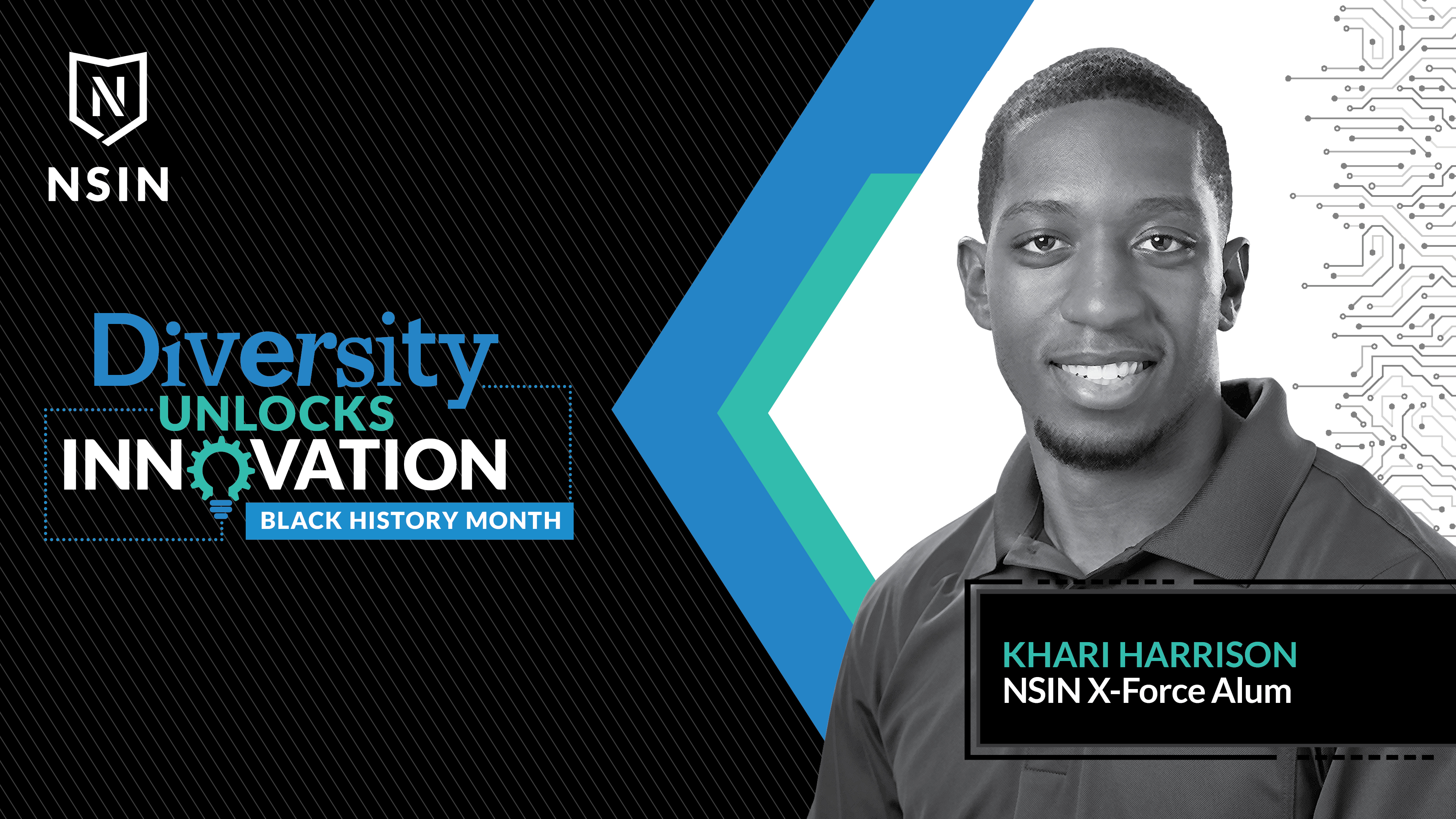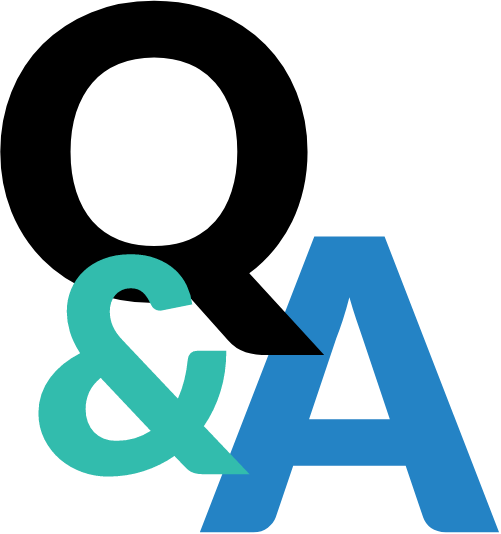
Khari Harrison - Emerging Leader


NAME: Khari Harrison
NSIN AFFILIATION: NSIN X-Force 2021
AFFILIATION: Ph.D. Candidate, Mechanical Engineering, Texas A&M University; Graduate Research Assistant, TAMU Hypervelocity Impact Laboratory, Materials for Extreme Environments
STATE: Mississippi
Q: Who/what inspired you to get involved in an NSIN defense innovation program?
I like to work on the more open-ended problems that don’t necessarily have cut-and-dry solutions. Of those types of problems, the ones that interest me the most usually come from the DoD. When a hypersonics related NSIN opportunity passed through my inbox, I figured it was worth exploring further.
Q: What advice would you offer to others about pathways to national service and working with the Department of Defense?
First, figure out the things that you like to do, and the things that you do well, then take time and search out the DoD initiatives that may exist in those areas. You should also work to understand the future of those fields, as the ones with the greatest longevity and usefulness to the DoD and partners, will be the ones that garner the greatest funding, attention, and intrigue.
Q: In your experience, how has diversity, or the lack of diversity, affected a team's ability to generate creative ideas and solve problems?
When you have teams composed of a diverse group of people, the solutions you field, to those problems, are diverse. I’ve been on teams where people had different backgrounds, different upbringings, and different social interactions, and it almost always results in approaches to problems that differ, and that the next team member had not considered. I’ve also been on teams that are the inverse, and while generally a solution to the problem is reached, the approaches and methodologies can lack variation. When you talk about innovation with respect to the DoD, I think a lot of the time the approaches can be more important than the solutions. Because if I have a problem, “Approach A” may be the most apt, but it’s important still to field “Approach B” as there may exist another problem for which “Approach B” can be adapted to work the best. Without that diverse group of problem-solvers, that solution may have never appeared.
Q: If you could go to dinner with any Black historical figure, dead or alive, who would it be and why?
I would pick Gen. Charles Bolden, Jr., he served as the first black NASA Administrator from 2009 to 2017. I used to want to be an astronaut so obviously, he would have a ton of insight and knowledge on what it was like being one, before ultimately working his way up to NASA’s highest position. When I was younger, and really becoming more aware of what I wanted to do career-wise, Gen. Bolden was one of the first leadership figures that I saw in a field that interested me. I partner with NASA for some of my current work, so he would be a fantastic resource for navigating an entity that I love but is lacking in leaders and mentors that look like him and me. Also, he and I are in the same fraternity, so there exists the opportunity to discuss career and life experiences from a more personal point of view.
Q: Why is it important to learn about Black history and what does it mean to you?
It’s important to learn about Black history because Black history is American history. There exists a wealth of knowledge about all aspects of the subject, that make it difficult to continue living in ignorance. I think learning and understanding Black history is vital for the person who wishes to better themselves, and the world around them. Additionally, there are so many figures and events of the past that still have a hand in shaping the American way of life, today. I’m glad I was put on the learning path early, as it has exposed me to different aspects of representation in the STEM fields and made me appreciative of the differing experiences of those around me.